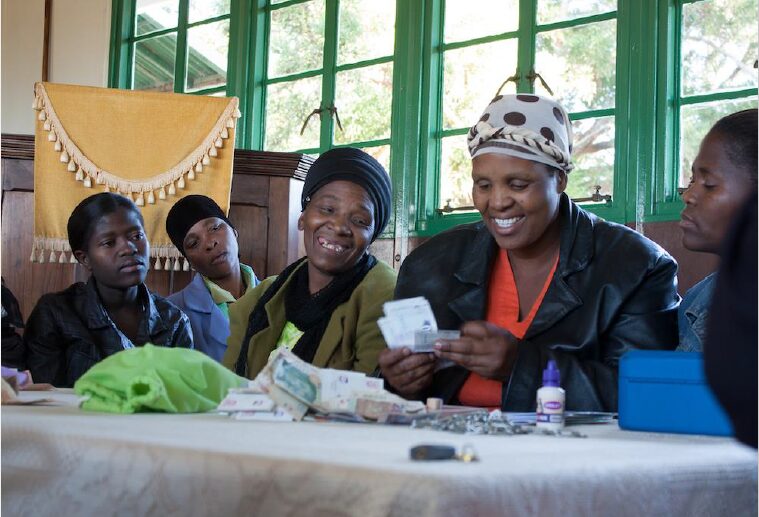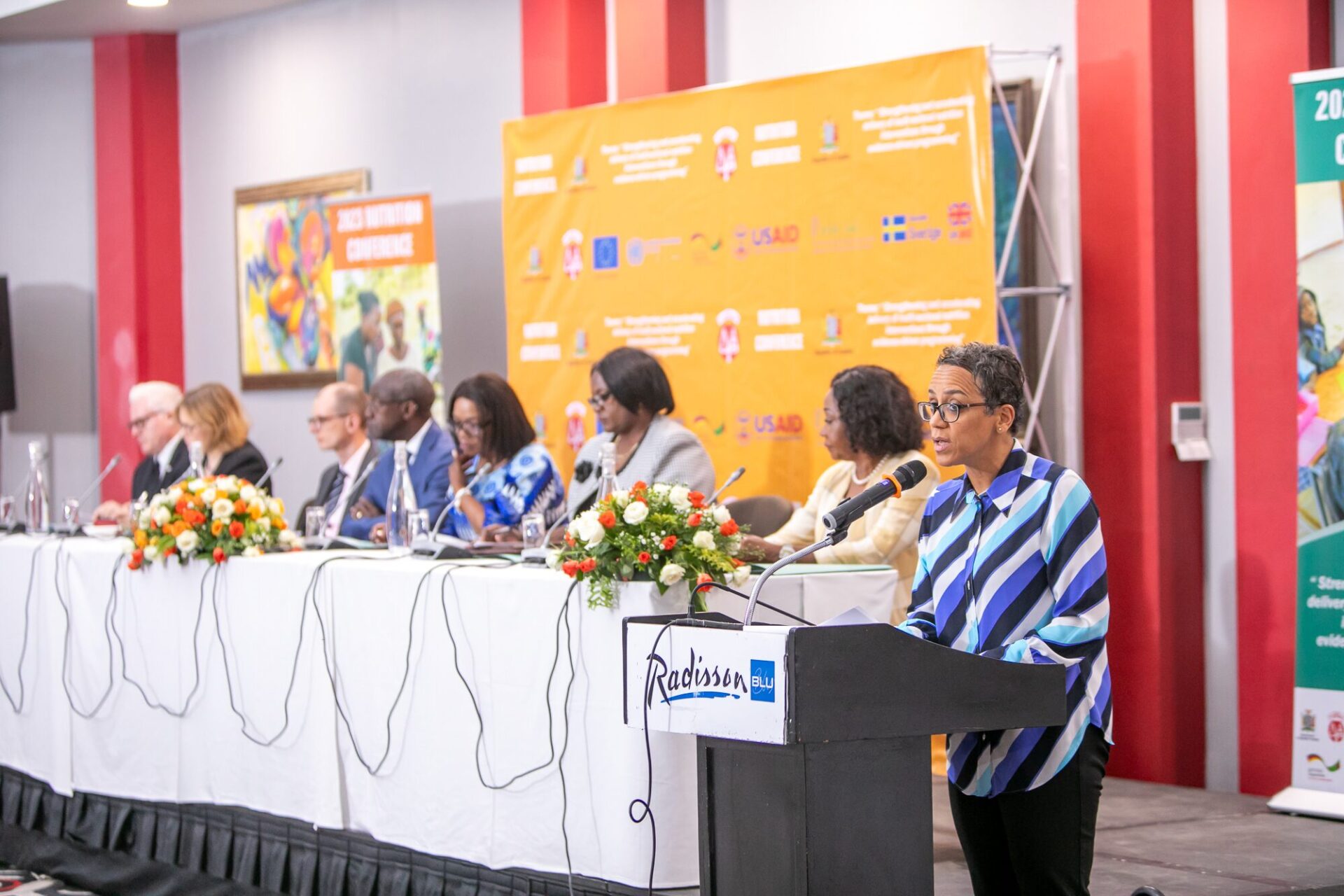One of our New Year’s Resolutions at Khulisa is to increase our use of metrics in our own business, improving our performance and providing that essential feedback-loop
Metrics and indicators are an evaluator’s buttered bread. Having a standard to measure against is vital to conducting a successful evaluation. Built around these metrics are indicators that allow for continuous monitoring and evaluation.

As successful as an evaluator may be at making use of metrics and indicators for clients, many fall victim to the paradox of inconsistently collecting and analyzing their own internal metrics. Like the mechanic who doesn’t take care of their own car, or a pastor practicing vice while preaching virtue, many evaluators stunt their progress by not setting up, and using, their own metrics and indicators.
We, at Khulisa, have endeavored to apply metrics to systematically assess our company and its effectiveness. Since billing for time is critical to all evaluators, measuring time on task is one of our main metrics.
It is critical for an evaluator to ensure that their finances are in order and that their work is profitable. Profit enables development oriented professionals to sustainably offer services. If our assignments prove unprofitable, we will be unable to offer evaluation services in the future.
Examples of Khulisa’s Metrics
| Finance: Our finance metrics, including measuring time on task, are currently improving |
| Business Development: Our metrics measure project wins and losses since 2015, allowing trends to be tracked |
| Human Resources: Our HR metrics require some improvements |
| Social Media: Our social media metrics, especially for our LinkedIn page, are on-point against internationally recognized benchmarks |
| Project Management: Our project tracking software and metrics are very good |
- Labor-cost tracking system & the burn rate
We recently introduced an innovative new system for costing labor that is changing the lives of most of our employees. This innovative system enables all Khulisa staff in every country office to record the time that they spend on their various project activities, ensuring clients receive more accurate bills.
The software also tracks when deliverables are due and when payments are expected to reflect, as well as calculating the Khulisa’s projected economic health for the next 12-18 months – a key metric. The business development department can then use this feedback to target specific bids for certain contract lengths depending on current capacity and projected income. Incorporated in this is the ‘burn rate’, which measures how much funding has been spent at any point in time.
Our costing metrics are vital to the longevity of our business, and we can only continue to provide evaluation services because of the company’s continued economic health and sustainability. Having internal costing metrics such as the labor cost-tracking system greatly improves the accuracy of our receivables and payments world-wide while simultaneously increasing our bid success rate through targeted feedback, capacity indicators, and projected income. Supporting the costing metric systems are the business development systems, with their own metrics, and the project tracking systems.

2. Business Development (BD) & the bid rate
In Business Development, the capacity to measure the success rate of bids is vital, as is the capturing of the reasons for the success or failure of the bid. You cannot improve on the success rate of an evaluation without understanding the previous efforts’ results first.
Khulisa’s BD system keeps a record of every bid considered and submitted. Crucial bid information is recorded, such as the contracting agency, sector, and contract type, size, location. Reasons for deciding not to bid are also captured. When we lose a bid, the contracting agency feedback is captured. This qualitative data is then analyzed annually to measure the win-rate (the percentage of assignments won from the bids submitted), to determine the dollar value of the bids both won and lost, to highlight the sectors of most frequent success or loss, and to record and resolve recurring themes for lost bids. Using this analysis, strategic decisions are made to determine what capabilities require improvement and which countries Khulisa should consider. Finally, Khulisa uses the Net Promoter Score methodology for accessing client feedback (see https://khulisa.com/evaltuesdaytip-net-promoter-score-for-measuring-client-satisfaction/ and our blog https://khulisa.com/using-net-promoter-score-evaluations/)
BD also involves strategic communications, with work often being won through the social network of information that is the internet. An important BD metric measures Khulisa’s LinkedIn presence and views. LinkedIn is a great networking platform to collaborate on projects, as well as with government officials who can provide information on upcoming projects.
3. Project tracking systems & the software
Both our profitability and BD systems enable the core work – our M&E projects – to materialize. The quality of the project tracking systems is what can make or break our projects.
Our project tracking software links in with our human resources system to allocate timesheet codes for each potential project, allowing us to track the amount of HR we invest in a bid right from the business development stage. It also provides data that can be analyzed for our financial indicators.
What’s it all about?
Although much has been covered above on the need to track profitability, we also know that there are some projects we take on because we need to help out or want to give something back. As development driven social evaluators, how could we not? In the quote below from our kind interviewee for this blog post, Lynette Byrne – Khulisa’s Finance Manager- Lynette breaks down what to do in such situations and how to think about it.
“If we want to tackle a project because we want to give something back to the social development or monitoring and evaluation fields, we need to look at those projects and say, if we make a loss on this, this is our cost-share: our giving back. We know we’re going to make a loss on this project, but we want to do it because we want to grow the [M&E field, and], ultimately it actually grows your business. In other companies, they would call it your independent research and development costs. Because you’re using that to educate clients out there, you maybe make yourself more marketable, in a sense, because people will go ‘Oh, Khulisa doesn’t just do this for profit. Khulisa also invests back!’ So, that‘s my thinking on that.”
– Lynette Byrne, Finance Manager
A fundamental truth is that the whole working together is better than each individual part working separately. Having systems that work together, that flow into each other from HR through to finance on to projects and back again, greatly improves the efficiency of your operations and the peace-of-mind of your team. Every system enables you to create metrics and indicators that improve your strategy and success rate as an evaluator.
Although we give our clients our all, don’t get so caught up in their needs that you miss the opportunity to hone your craft and improve what you do. So, take a moment, focus that tried and tested evaluator’s lens at yourself, and self-evaluate. Work out the metrics and indicators that will make you a better evaluator and implement them into your internal systems today!


